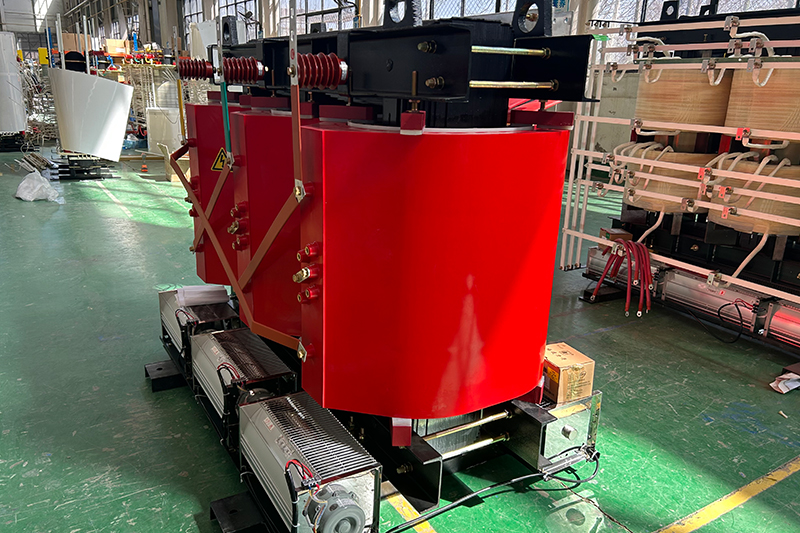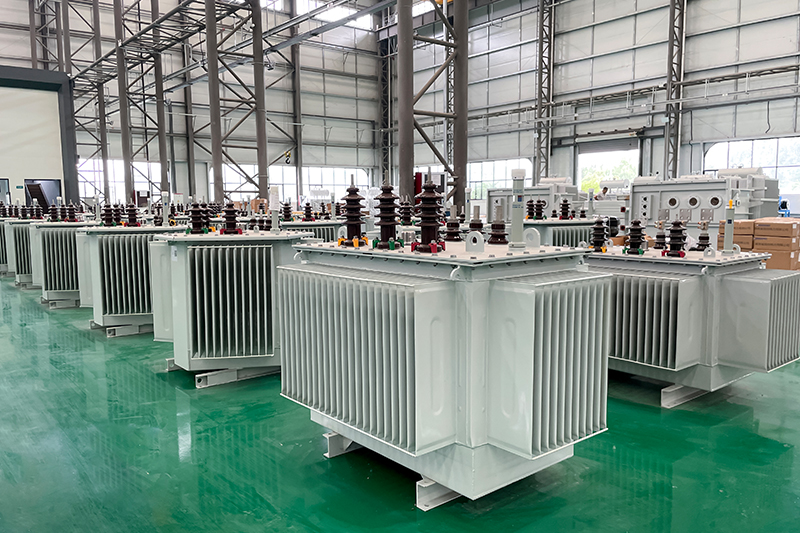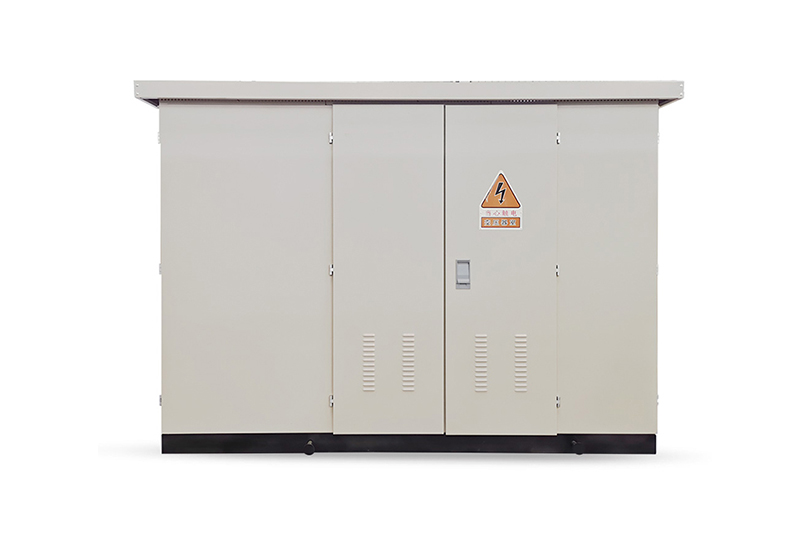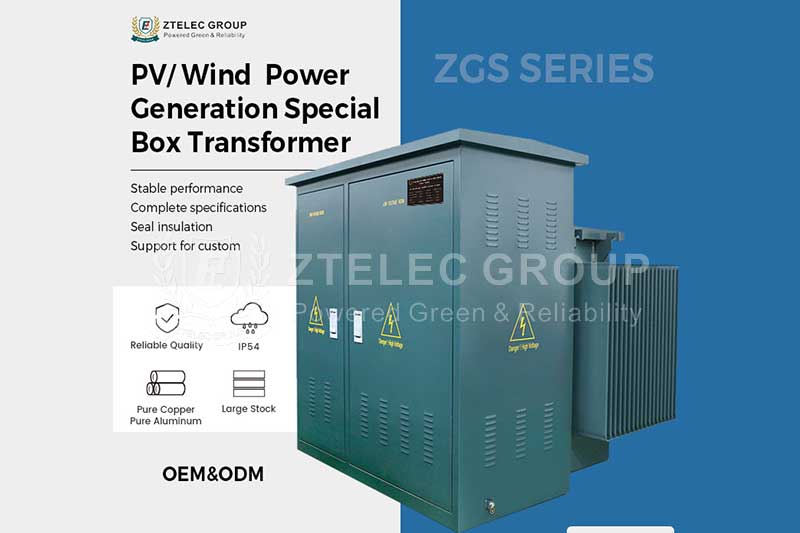How to Choose a Transformer Size: Selection Guide for Oil-Immersed and Dry-Type Transformers?
Time:2025-08-7 Auther:ZTelec-www.ztelectransformer.com
Choosing the correct transformer size is a critical aspect of power system design. Whether you’re working with an oil-immersed transformer or a dry-type transformer, selecting the right capacity ensures long-term safety, stability, and efficiency. Transformer sizes are typically divided into small, medium, and large categories based on power requirements and application scenarios.

Transformer Size Types
Transformer size depends heavily on the installation site and electrical load. Different scenarios require different types of transformers:
Small transformers (below 10kVA) are ideal for residential and small commercial applications. Compact and easy to install, they power lighting, small appliances, and basic office equipment efficiently.
Medium transformers (10kVA–500kVA) are commonly used in industrial workshops, commercial buildings, and small to medium enterprises. They offer reliable power for motors, HVAC systems, and production equipment.
Large transformers (above 500kVA) are essential in substations, manufacturing plants, and large-scale infrastructure. They support high-voltage transmission and distribution and are often configured as oil-immersed transformers for better cooling capacity.
Why Transformer Sizing Matters
1. Safety and Stability: Undersized transformers can overheat and fail, while oversized ones increase installation and operation costs.
2. Operational Efficiency: Properly sized transformers reduce energy losses and minimize electricity bills over time.
3. Space and Maintenance: Right-sized units fit the available space and simplify maintenance, reducing downtime and extending lifespan.

Steps to Select the Right Transformer Size
1. Calculate Total Load Power
Start by listing all devices and their rated power—motors, lights, air conditioners, and equipment. Use a simultaneity factor (typically 0.7–0.9) to account for non-simultaneous use. For inductive loads like motors, consider the high starting current (3–7 times normal), and allow extra capacity to prevent overload.
2. Determine Transformer Capacity
Use the formula:
Transformer Capacity (kVA) = Total Load Power (kW) ÷ Power Factor × Safety Margin
Typical power factors range from 0.8–0.95. Apply a safety margin of 1.2–1.3 to account for load fluctuation and future expansion.
3. Adjust Based on Key Factors
Load Type: For stationary loads (e.g., computers, lighting), use the calculated value. For shock loads (e.g., welders, compressors), increase capacity by 10%–30% or use a shock-resistant transformer.
Environment: In high-temperature areas or altitudes above 1000 meters, reduce rated capacity by 5%–20% due to decreased cooling and insulation efficiency. Consult the manufacturer for custom configurations.
Transformer Type: Choose a dry-type transformer for indoor use, safety, and ease of maintenance. Opt for an oil-immersed transformer for outdoor use, higher capacity, and cost efficiency. Dry-type units are suitable for places like hospitals and shopping malls, while oil-immersed units are best for substations and construction sites.
4. Consider Special Requirements
Harmonics: If your system includes inverters, LED lights, or chargers, choose a transformer with harmonic mitigation features, such as a shielded dry-type isolation transformer.
Redundancy: For critical facilities (e.g., data centers or hospitals), install a backup transformer to ensure continuous power supply during outages.
Standard Capacities: Common transformer ratings include 30, 50, 100, 160, 200, 315, 500, 800, 1000, and 1600 kVA. Select the standard model closest to your calculated value to reduce customization costs and lead times.
Selecting the right transformer size—whether it’s a dry-type transformer for safe indoor use or an oil-immersed transformer for high-capacity outdoor applications—requires a clear understanding of your power load, environment, and future expansion needs. Accurate calculations and proper planning ensure a safe, efficient, and cost-effective power system. For complex applications, always consult manufacturer specifications or expert technical support for optimal transformer configuration.




